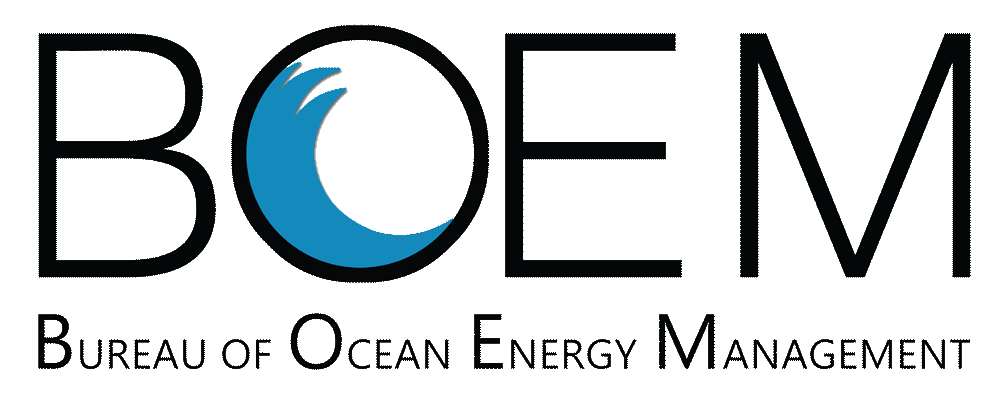Last year, for a completely unrelated project, I conducted a census of how many nuclear weapons had been lost at sea. Since then, I haven’t been able to stop thinking about the interplay between military, scientific, and commercial use of the high seas, as well as, perhaps, the most improbable question of all: what happens if we find a lost nuclear weapon while mining the deep sea?
I asked nuclear anthropologist (an anthropologist who studies how nuclear weapons shape culture and society, not, as you might think, an anthropologist power by a heart of enriched uranium) Martin Pfeiffer to dig into the history of nuclear accidents at sea, the limited policy surrounding recovery, and the practical risks inherent in the incredibly unlikely potentiality that someone might find one of these lost weapons in the deep oceans. The resulting feature is both reassuring and perhaps a little alarming when you realize just how sloppy handling of the most destructive weapons ever created has been.
In more pragmatic news, this month the United States announced its new Federal Strategy to Ensure a Reliable Supply of Critical Minerals which calls for “more R&D … to develop exploration and mining tools suitable for the cold, saline, and pressurized deep sea” and discusses expanding mineral exploration into the deep oceans of the US EEZ. It’s likely too early to tell how serious the current United States’ government is about expanding into deep-sea mining.
Curiously, the report also notes that “As of October 2018, the International Seabed Authority has issued permits for 29 contractors, none of which are U.S. companies,” seemingly unaware that until the US ratifies UNCLOS, the ISA has no obligation to recognize US interests.
